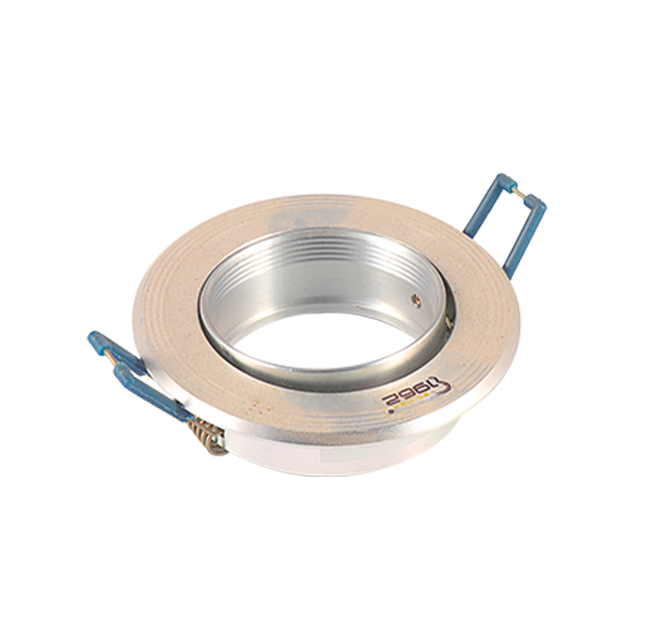Time:2025-06-04 Views:0 source:CNC Machining customization source:CNC Machining news

Micro - and nano - fabrication processes have opened up new frontiers in sheet metal processing, enabling the creation of ultra - precise components with dimensions at the micro and nanometer scales. These advanced techniques are crucial for industries such as microelectronics, micro - electromechanical systems (MEMS), and nanotechnology - based applications.
Photolithography is one of the fundamental micro - fabrication techniques used in sheet metal processing. It involves transferring a pattern from a photomask to a light - sensitive resist layer on the sheet metal surface using ultraviolet light. Through subsequent etching processes, the pattern is transferred to the metal, creating intricate micro - structures. Photolithography allows for the production of components with feature sizes down to a few micrometers, enabling the fabrication of micro - gears, micro - channels, and micro - springs with high precision.
Electrochemical machining (ECM) is another important process at the micro and nano scales. In ECM, an electric current is used to dissolve the metal in a controlled manner, based on the principle of electrolysis. This process can achieve extremely high precision and surface finish, making it suitable for manufacturing micro - molds, micro - sensors, and other delicate sheet metal components. Since there is no mechanical force involved, ECM minimizes the risk of material deformation, which is a significant advantage when working with thin - walled or fragile sheet metal parts.
Nano - imprint lithography (NIL) is a promising technique for nano - scale sheet metal processing. It works by pressing a mold with nano - scale patterns onto a soft polymer layer on the metal surface, followed by curing the polymer. The pattern is then transferred to the metal through processes like reactive ion etching. NIL can fabricate nano - structures with feature sizes down to tens of nanometers, enabling the production of components for applications such as nanophotonics, high - density data storage, and nano - sensors.
However, micro - and nano - fabrication processes in sheet metal processing come with their own set of challenges. The equipment required for these processes is often highly specialized and expensive. Controlling environmental factors such as temperature, humidity, and air cleanliness is crucial to ensure process stability and product quality. Additionally, the yield rate of micro and nano components can be relatively low due to the complexity of the processes and the sensitivity of the materials at these scales. Despite these challenges, continuous advancements in micro - and nano - fabrication technologies are expected to drive innovation in sheet metal processing, enabling the development of next - generation high - performance components with unprecedented precision and functionality.
Read recommendations:
Sealing ring Precision electronic parts
Housing components for recessed downlights Precision electronic parts
Oval Magnetic Hardware Precision electronic parts
CNC Machining Dimension Accuracy
CNC processing factory - Meeting customers' strict requirements for precision